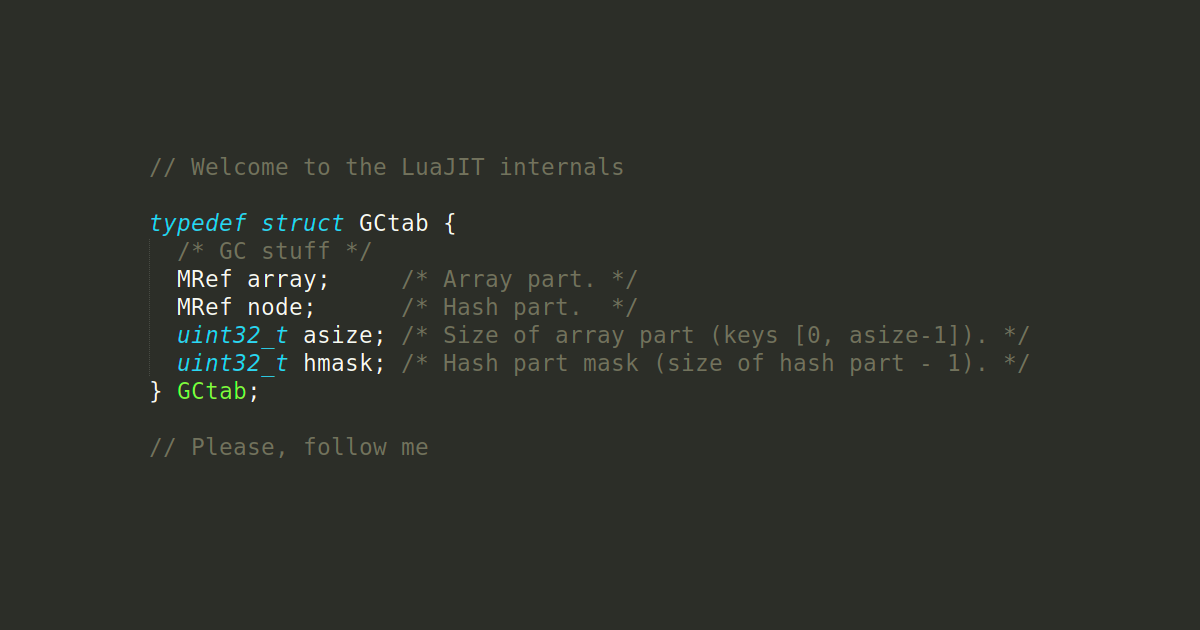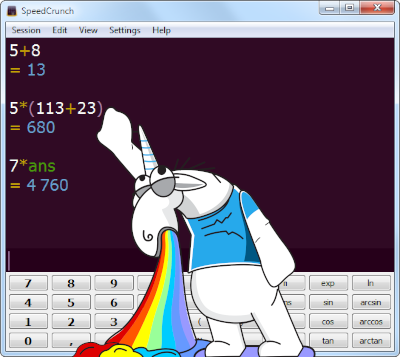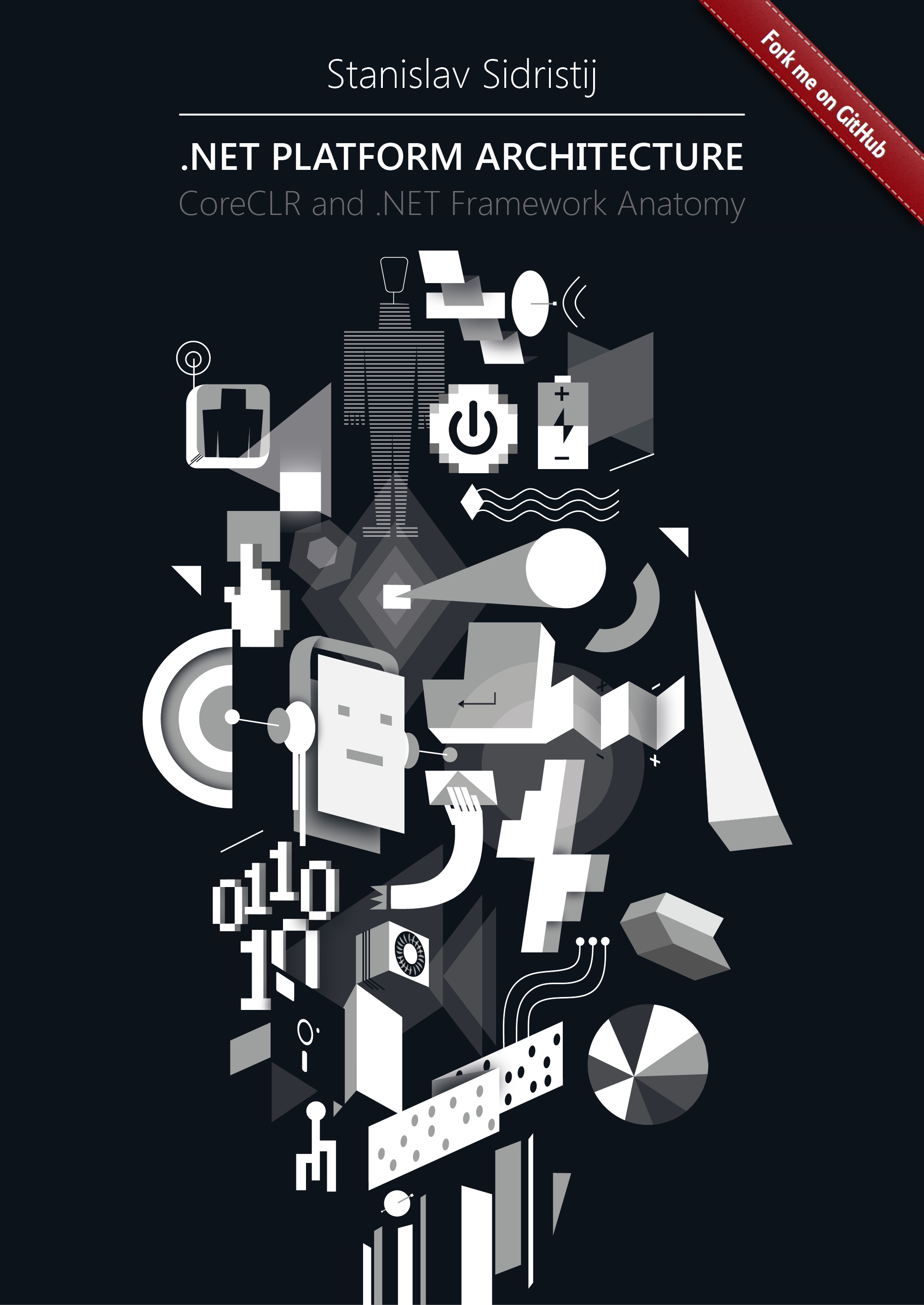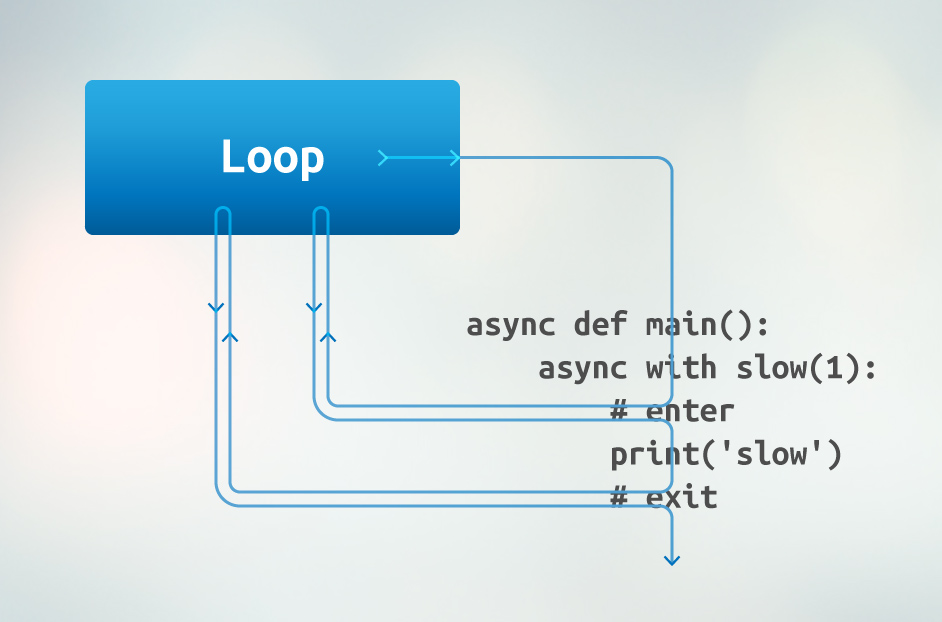
The Anatomy of LuaJIT Tables and What’s Special About Them


The art of creating computer programs



asyncio tasks obviously have different stacks. You can view at all of them at any moment using asyncio.all_tasks() to get all currently running tasks and task.get_stack() to get a stack for each task.

PATH is an environment variable that stores paths where executables are looked for. When you ask your shell to run ls, the shell looks for the ls executable file across all paths that are presented in PATH.

zip function (it has nothing to do with ZIP file format):
 Talking to people at conferences and in comments to articles, we face the following objection: static analysis reduces the time to detect errors, but takes up programmers' time, which negates the benefits of using it and even slows down the development process. Let's get this objection straightened out and try to show that it's groundless.
Talking to people at conferences and in comments to articles, we face the following objection: static analysis reduces the time to detect errors, but takes up programmers' time, which negates the benefits of using it and even slows down the development process. Let's get this objection straightened out and try to show that it's groundless.

>>> class A:
... x = 2
...
>>> A.x
2
>>> A().x
2
It’s time to talk about exceptions or, rather, exceptional situations. Before we start, let’s look at the definition. What is an exceptional situation?
This is a situation that makes the execution of current or subsequent code incorrect. I mean different from how it was designed or intended. Such a situation compromises the integrity of an application or its part, e.g. an object. It brings the application into an extraordinary or exceptional state.
But why do we need to define this terminology? Because it will keep us in some boundaries. If we don’t follow the terminology, we can get too far from a designed concept which may result in many ambiguous situations. Let’s see some practical examples:
struct Number
{
public static Number Parse(string source)
{
// ...
if(!parsed)
{
throw new ParsingException();
}
// ...
}
public static bool TryParse(string source, out Number result)
{
// ..
return parsed;
}
}This example seems a little strange, and it is for a reason. I made this code slightly artificial to show the importance of problems appearing in it. First, let’s look at the Parse method. Why should it throw an exception?


 First, let’s talk about Reference Types and Value Types. I think people don’t really understand the differences and benefits of both. They usually say reference types store content on the heap and value types store content on the stack, which is wrong.
First, let’s talk about Reference Types and Value Types. I think people don’t really understand the differences and benefits of both. They usually say reference types store content on the heap and value types store content on the stack, which is wrong.
Let’s discuss the real differences:
However, there are common features:
Let’s look closer at each feature.
This chapter was translated from Russian jointly by author and by professional translators. You can help us with translation from Russian or English into any other language, primarily into Chinese or German.
Also, if you want thank us, the best way you can do that is to give us a star on github or to fork repositorygithub/sidristij/dotnetbook.




Apple Swift version 5.0 (swiftlang-1001.0.45.7 clang-1001.0.37.7)
Target: x86_64-apple-darwin18.2.0
ABI version: 0.6Swift apps no longer include dynamically linked libraries for the Swift standard library and Swift SDK overlays in build variants for devices running iOS 12.2, watchOS 5.2, and tvOS 12.2. As a result, Swift apps can be smaller when deployed for testing using TestFlight, or when thinning an app archive for local development distribution.Application Binary Interface stability is coming! And this is excellent news. I think this is the one of the most significant issues at the moment with Swift. Not because of side-effects but because of Swift’s failure to deliver on previous promises. Anyway, I even know people who rewrite their Apple Watch extensions to Objective C to reduce the size of binary (something like 15MB vs ~1MB in Objective C). If you want to know more about the state of ABI, follow the links: Swift — ABI Dashboard and Swift ABI Stability Manifesto.

